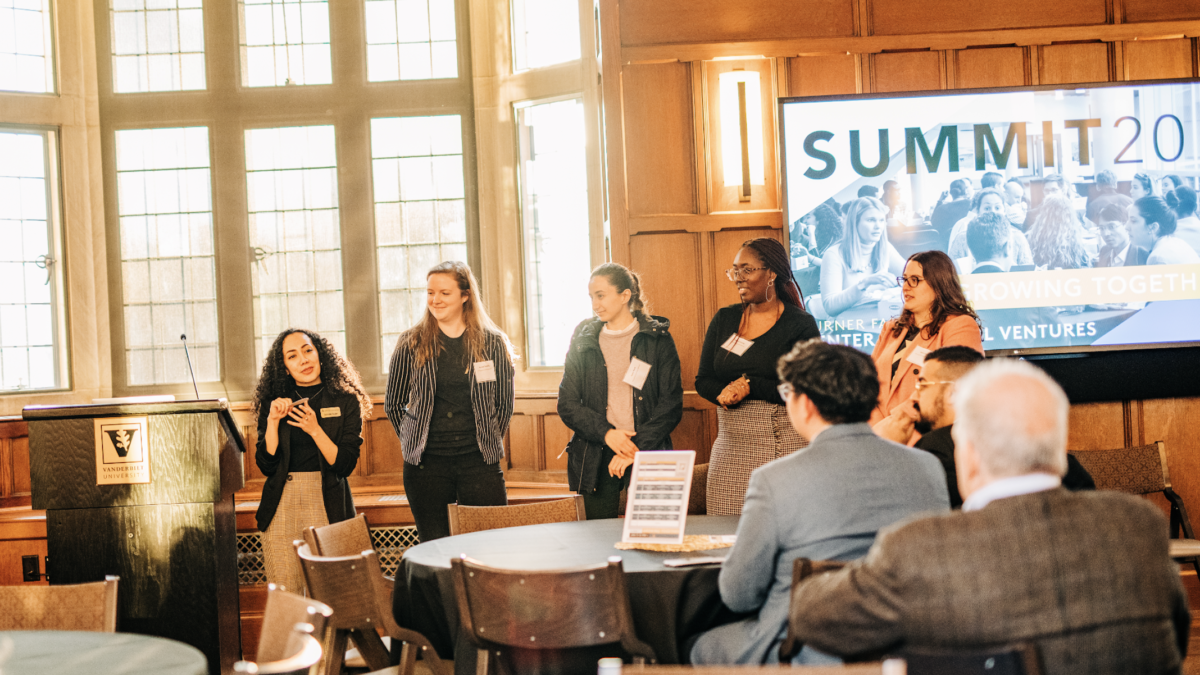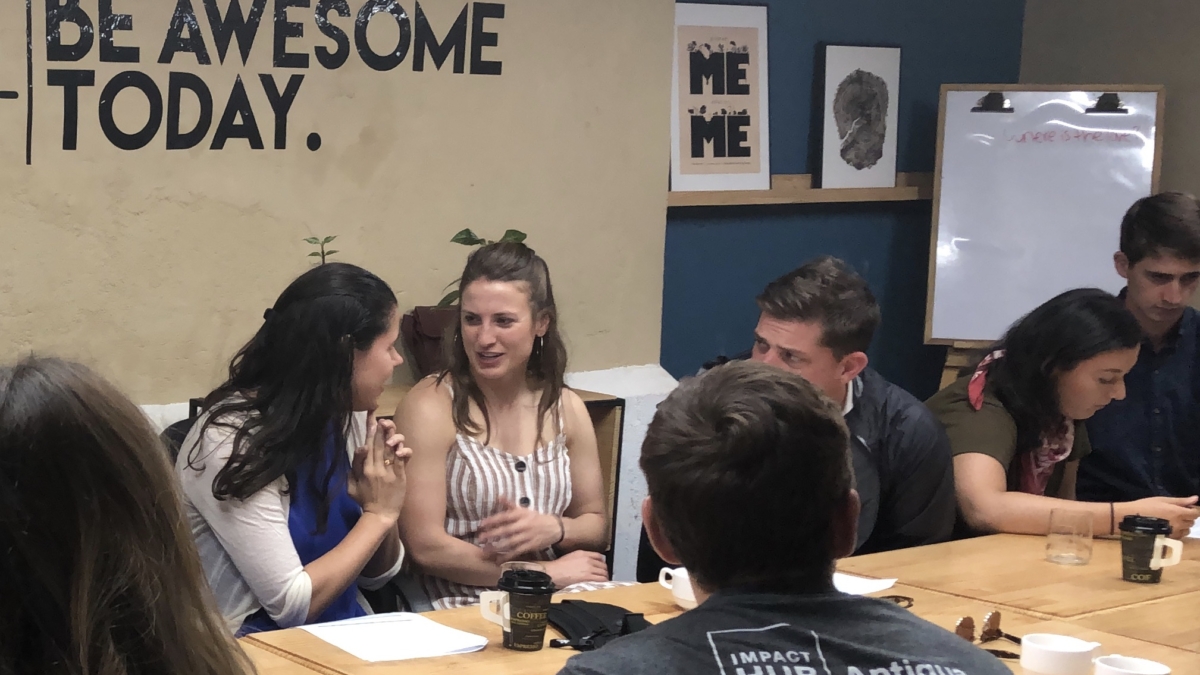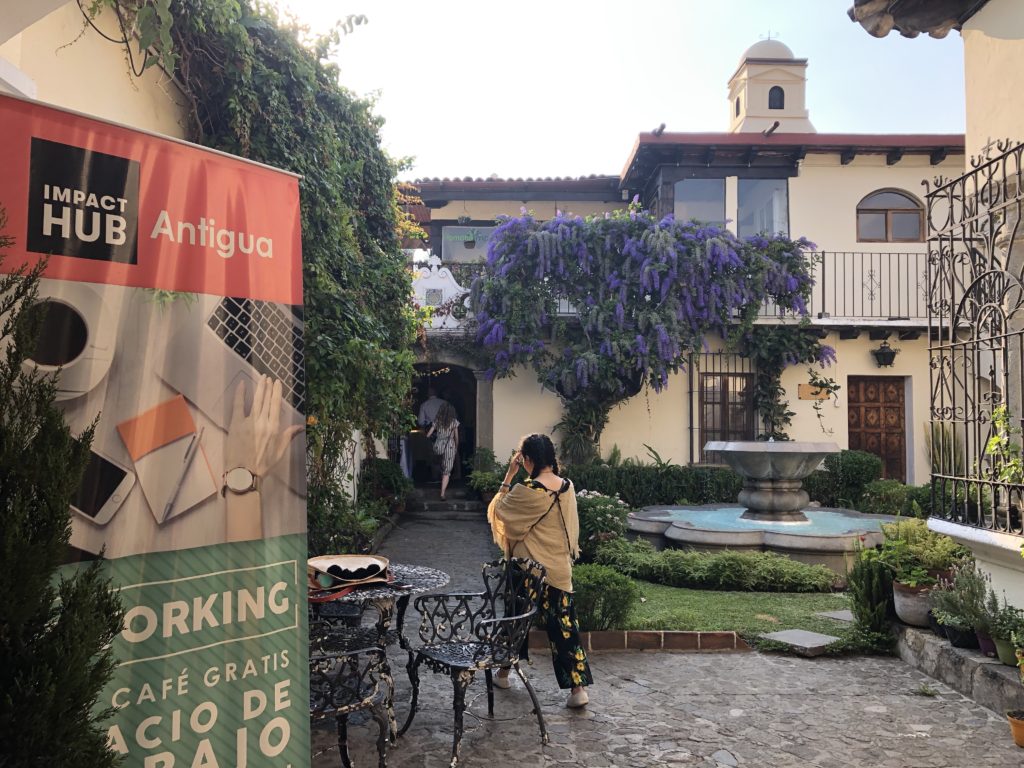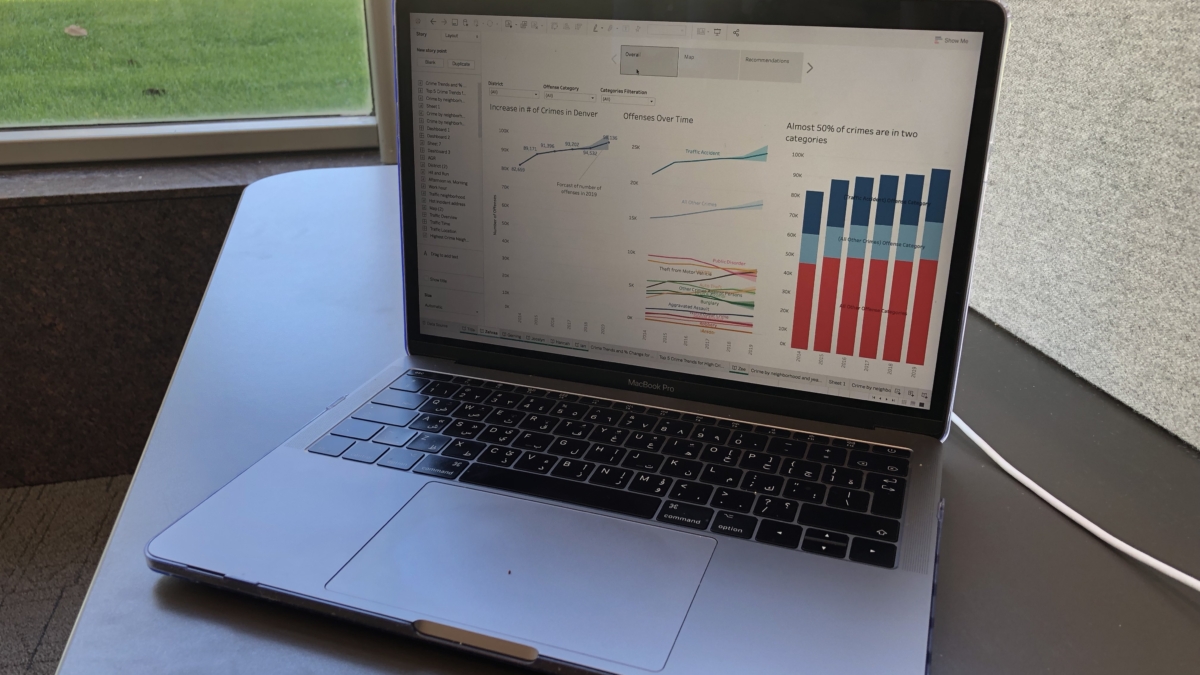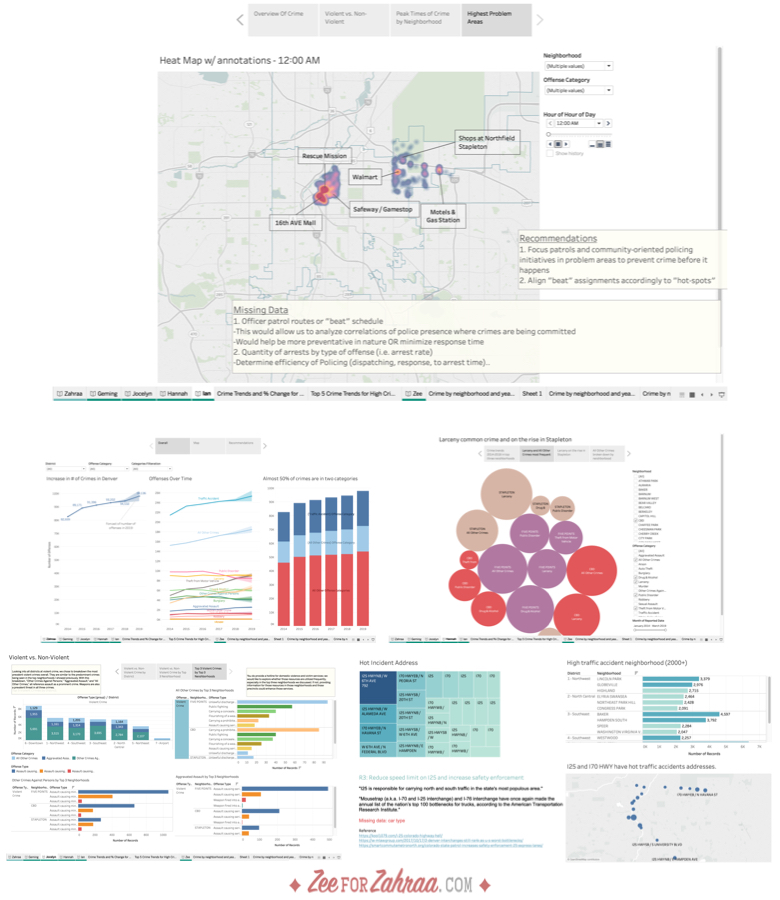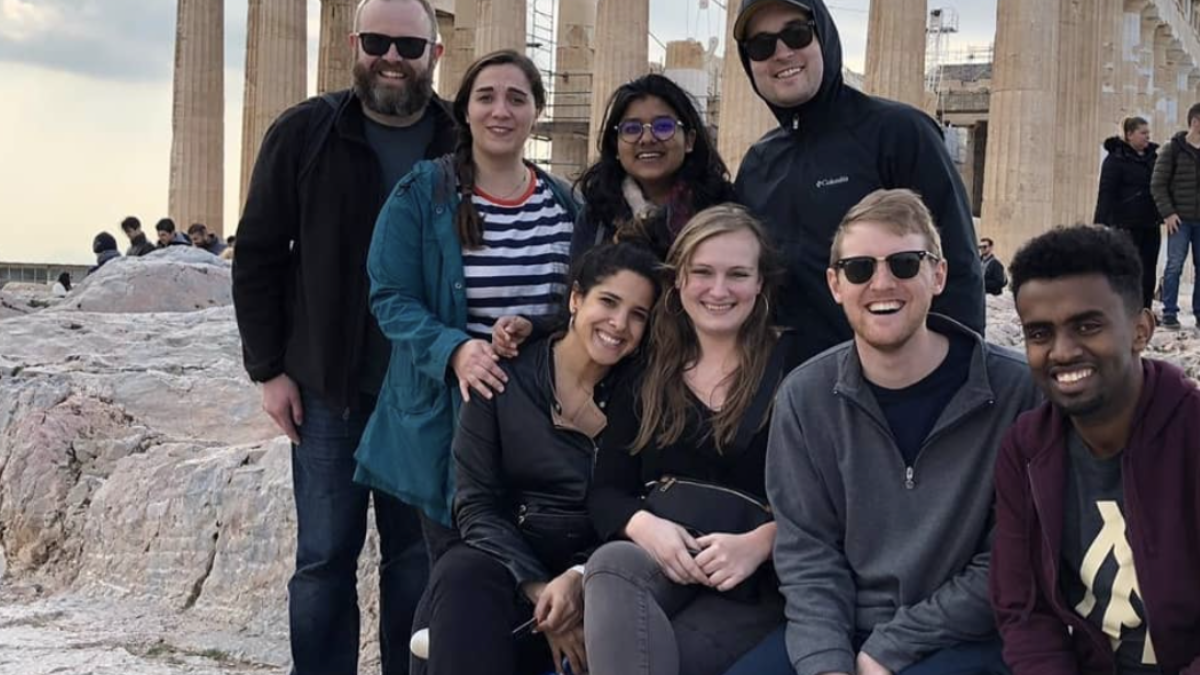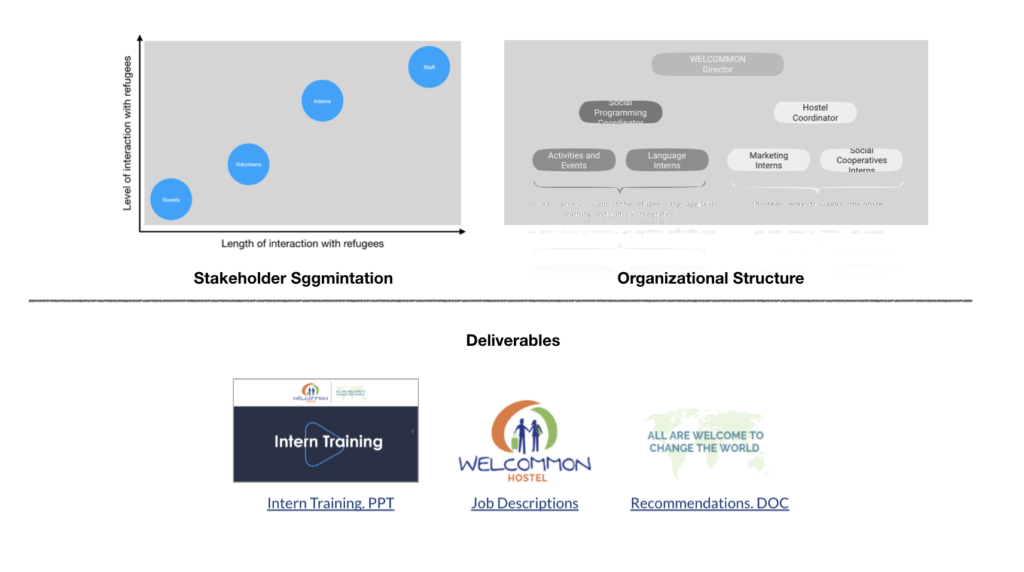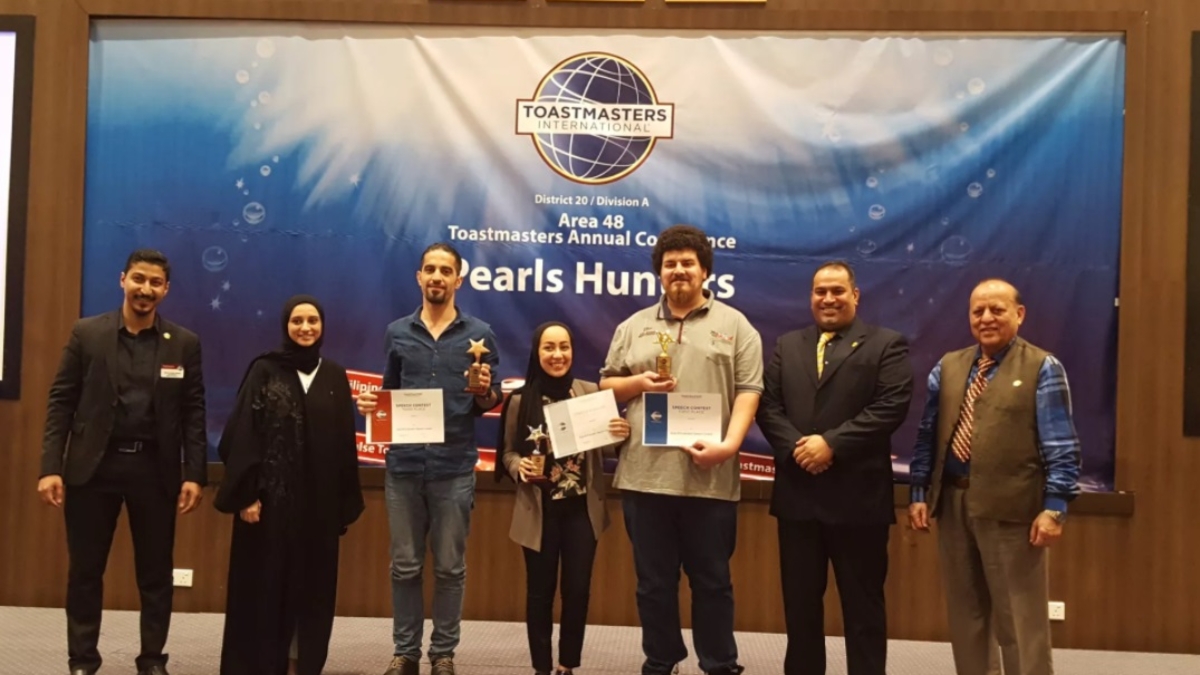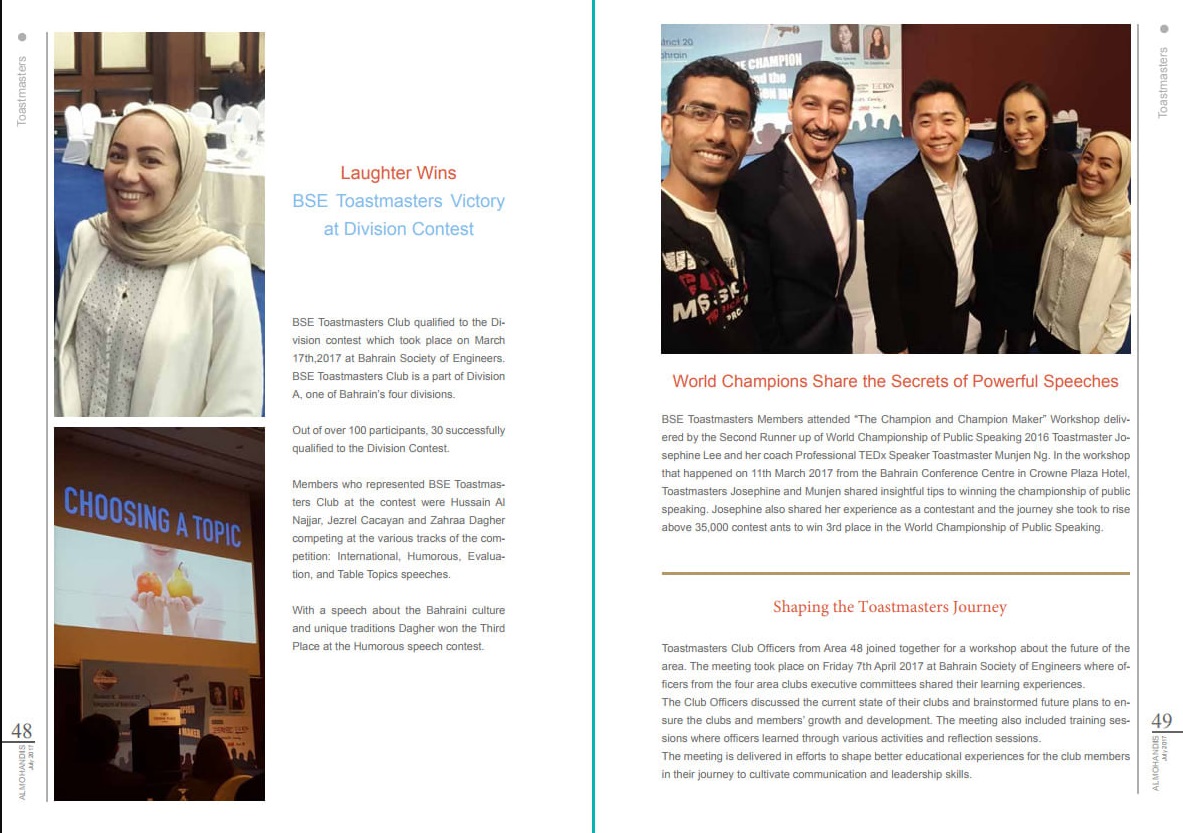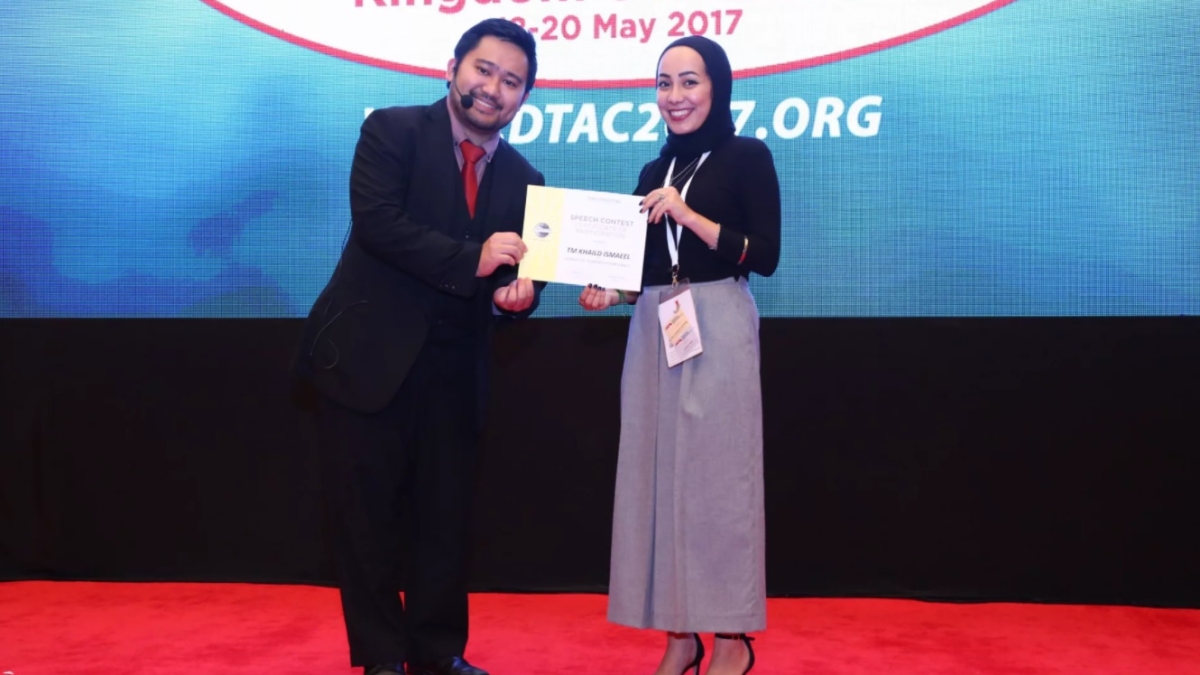A well-known Bahraini proverb says “one hand does not clap” which implies the need for coming together in order to achieve an impact that makes some noise. In social impact settings, similarly, an organization or program singlehandedly can’t make a significant impact in solving the complexity of social challenges and create large-scale change. At the fifth annual social ventures summit, we were motivated to unite socially-conscious key-players who share a passion for impact-driven work.

Each year, influential and passionate change-makers gather at Vanderbilt University to exchange ideas and activate solutions during the Annual Social Change Summit. The summit is a premier platform for advancing long-lasting solutions and connections. Under this year’s theme of “Growing Together”, the summit convened innovative and ambitious practitioners to challenge common entrepreneurial approaches, promote networking and foster a culture of engagement. Our mission is to accelerate community-wide growth by uniting strategic key-players in a collaborative pursuit of large-scale impact.
After the summit, I wanted to understand how the network of participants is connected. I was curious: in what ways did the summit affect turning individuals into a network? Who formally connected during the summit and when did they connect? In what ways did they connect? What in the format of the summit helped in creating those connections? In order to do that an x-ray of the relationships amongst participants (a network map) is needed. A post-event survey was used to collect binary and categorical data from the summit participants about the relationships they made then a system mapping visualization tool was used to create network maps.
The network map revealed how the summit connected a scattered, fragmented network into a denser, busier network. The visual depiction also highlighted top connectors within the network who can influence the flow of information and communication and an algorithm unearthed 6 groups of individuals who are predicted to continue connecting together. A presentation reporting an overview of the mapping’s highlights can be found here.
Finally, it excites me how the fifth annual social ventures summit gathered 120+ participants from 12 universities across 7 states and 20 cross-sectoral speakers & moderators. I am curious to see how the network will grow over time and how the story of the network can be rendered by continuing to trace the relationships between the summit’s participants and capturing periodical snapshots of the network. What echoing noise will this interconnected group of change-makers make?
References
